Comparison of the thickness of coffee within 9 grades compared with the reference for adjusting the grinding thickness of hand-brewed coffee.
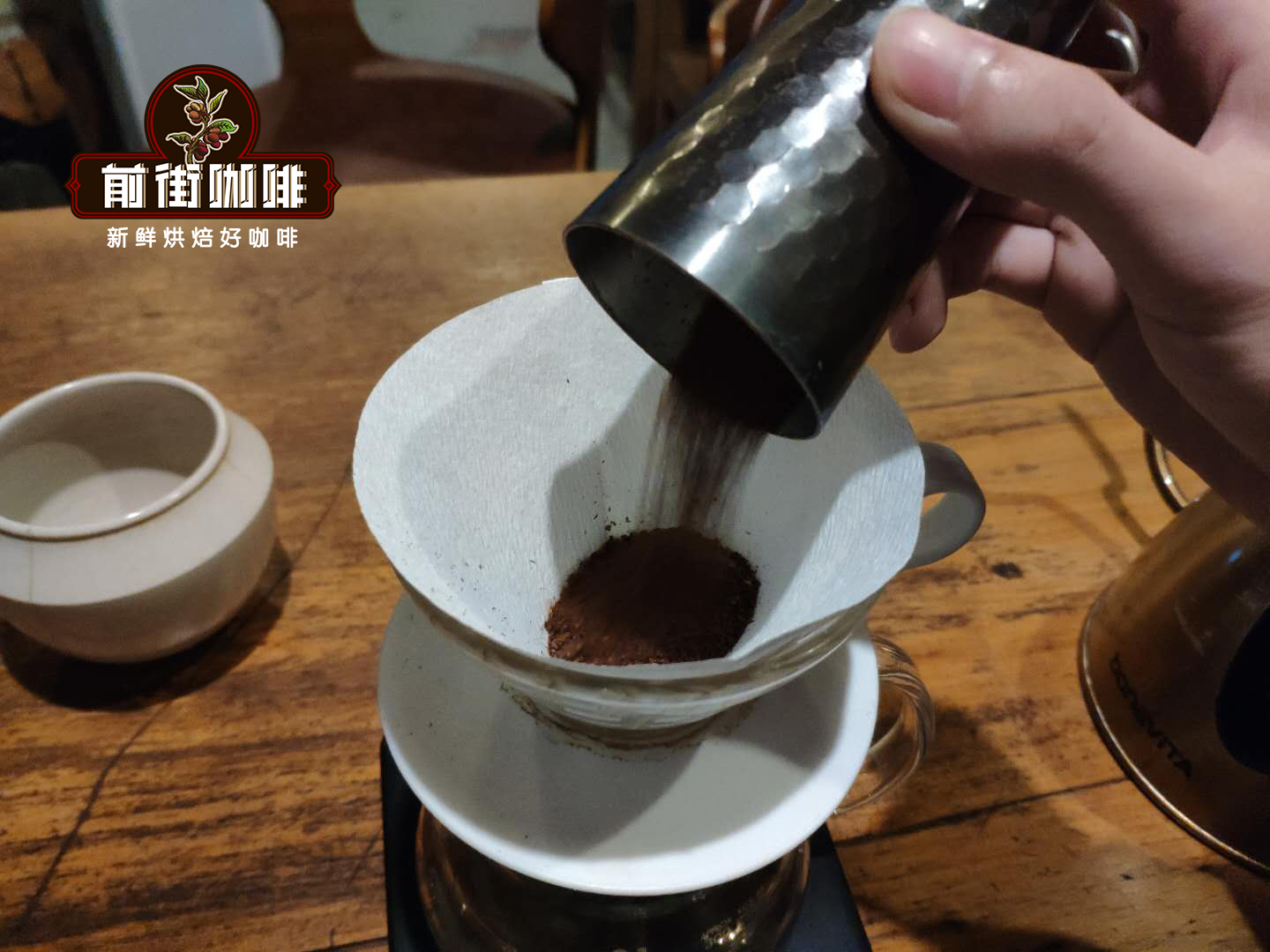
Professional coffee knowledge exchange more coffee bean information please follow the coffee workshop (Wechat official account cafe_style)
First of all, not only hand-brewed coffee, so coffee production methods need to grind coffee into powder, but different extraction methods have different degrees of coffee powder, such as the French kettle, the coffee powder used will be coarse ground that can be distinguished by the naked eye. Turkey pot is suitable for fine grinding as fine as flour.
Under the same gram number, the degree of grinding is fine, the number of times to be cut increases, the surface area increases, and the area of coffee powder that water can contact increases.
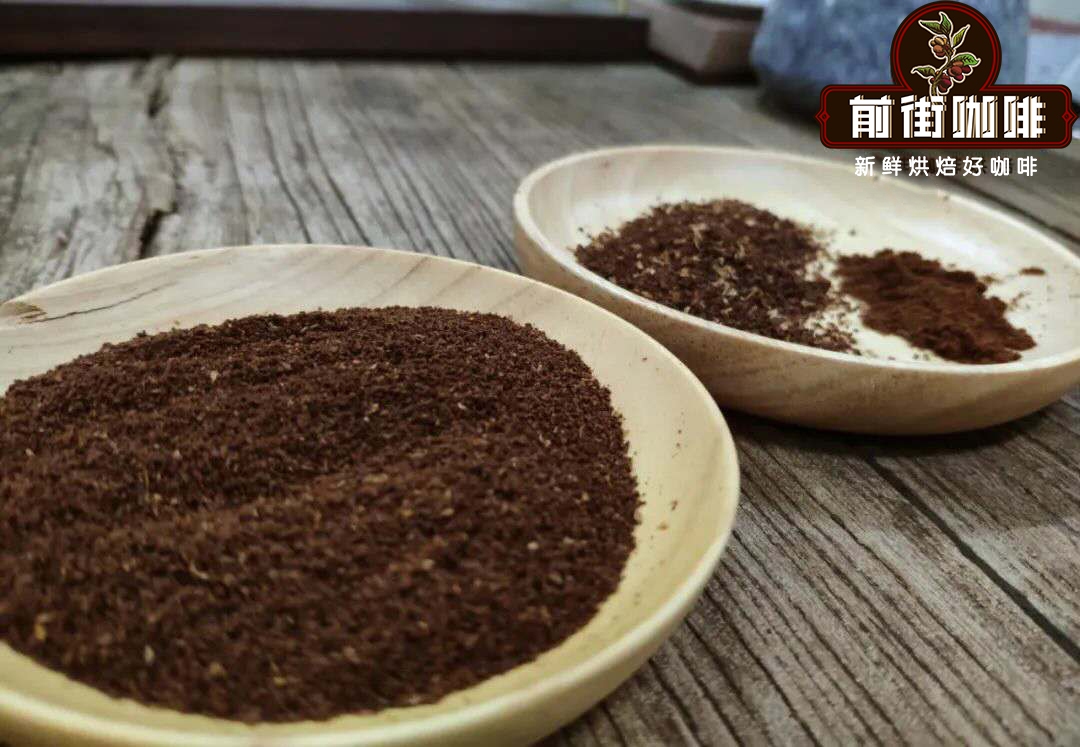
The finer the grinding degree is, the finer the coffee powder particles are, the shorter the distance between the surface of the coffee powder particles and the center of the coffee powder particles is, and the shorter the time for water to reach the inner part of the coffee powder particles is to extract coffee flavor substances.
Many people like to use granulated sugar to compare the thickness of coffee. Of course, if you use a general description, it is difficult to tell what kind of grinding you belong to. The front street uses the form of standard sieve to distinguish the particle thickness.
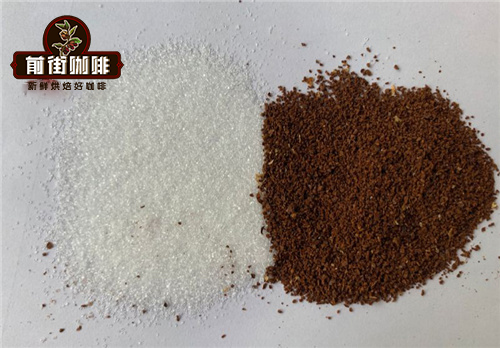
Generally speaking, the size of coffee particles used in hand-brewing coffee is about 600-850 microns. Because previously, the street will use the 0.85mm screen (that is, the No. 20 standard screen) for calibration. In general, the 0.85mm screen pass rate of hand-made coffee (light roasted) is 80%, and that of medium-deep roasted coffee is 65-70%.
So what is the grinding degree of extraction other than hand pulping? Also take the 0.85mm standard screen as the standard. Qianjie coffee grindability standard sieve pass rate:
Ice drop > hand race wind 80% > Mocha American drip 75-80% > cup test 70-75% > normal pressure 65-70%
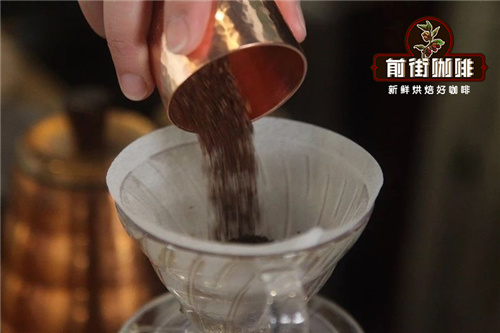
Very fine grinds such as Turkish pots and espresso machines apply to another screen. Generally speaking, the grinding particle value of Italian coffee machine and Turkish pot is about 250-350 microns. So we can use 0.3mm 's sieve to screen.
Selection of bean grinder
The cutter head is the most important part of the bean grinder, and different cutters directly affect the diameter distribution of coffee powder. There is a label on the market with a coffee grinder, but there are only two blades. The machine, commonly known as "bean chopper", is not discussed in this article. At present, the common types of cutter head can be divided into conical knife, flat knife and ghost teeth.
Cone knife: the coffee bean is ground into particles by grinding, so its shape is mainly block. Generally used for hand grinding, because it is in the form of "grinding", coffee beans will appear a large number of dust-like fine powder when they are crushed and burst. The normal coffee particles are also irregular blocks, but tend to be uniform as a whole. Because the cone knife is close to granulation, it takes longer to get in touch with water, so the initial release of soluble matter is less and the concentration will not be too high, but the xylem of extracted koji for a long time is less likely to absorb water and is not easy to produce miscellaneous flavor and astringent taste, which is suitable for grindability of hand-made coffee. The grinding effect of the expensive cone knife is also very different from that of the cheap cone knife.
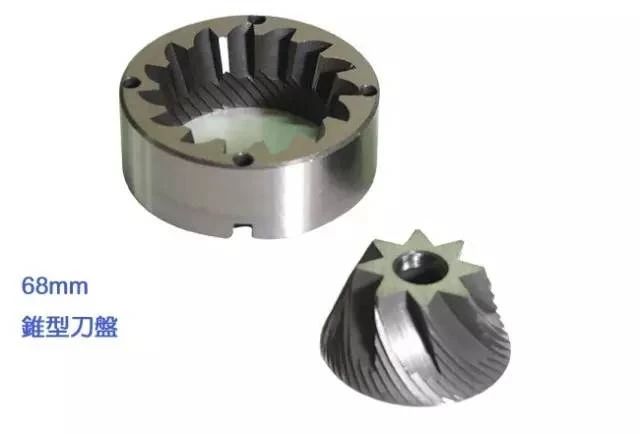
Flat knife: coffee beans are ground into particles by cutting, so its shape is mainly in the shape of slices (strips). The structure is that the upper and lower cutters are placed in parallel, and the coffee beans are pushed forward by the rotating force of the bottom cutterhead for grinding. Therefore, the weight of the coffee beans above will affect the uniformity of the coffee beans into the knife plate, because the push makes the coffee beans collide and increase the proportion of fine powder, but the flat knife is flaky, so the area of the cell wall is large, so the coffee concentration and extraction rate can be increased in a short time. Aroma increased in a short time. Due to the small size of the flat sheet, the wood extracted for a long time is not easy to precipitate into too much water to produce miscellaneous flavor and astringent taste. It is suitable for Italian grinding and hand grinding.
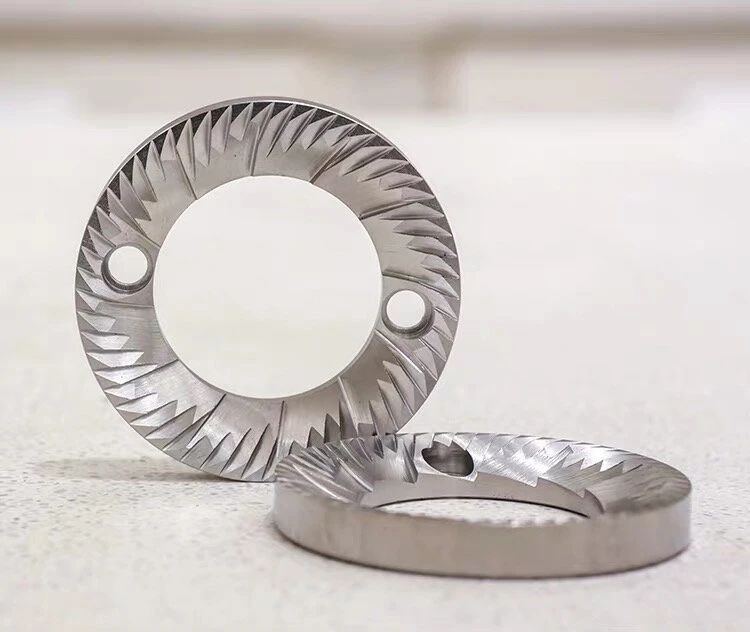
Ghost teeth: coffee beans are ground into particles in the way of grinding, so their shape is mainly close to the sphere. But also because a coffee bean can be ground into several small particle spheres, then the grinding sphere will produce more leftovers (fine powder). But the overall difference between large particles is the smallest. It is suitable for hand grinding.
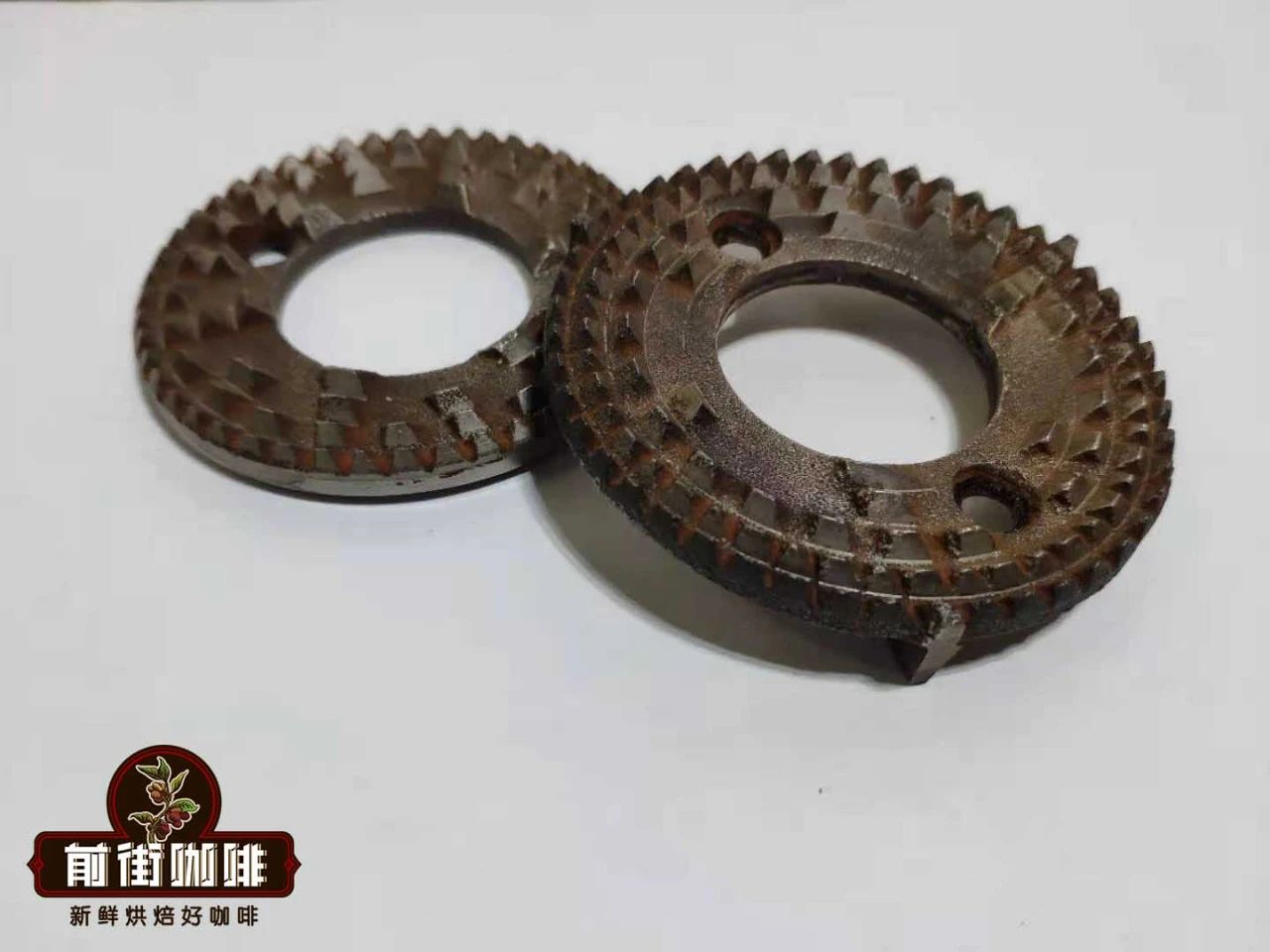
The choice between hand mill and electric mill
The hand mill is characterized by convenience and easy to carry. The electric mill is characterized by convenience and high precision. In theory, the efficiency, grinding quality and stability of the electric mill will be higher than that of the hand mill, and the price will naturally be higher than that of the hand mill. If hand mill and electric mill are of the same price, priority will be given to contestants.
For more boutique coffee beans, please add private Qianjie coffee on Wechat. WeChat account: kaixinguoguo0925
Important Notice :
前街咖啡 FrontStreet Coffee has moved to new addredd:
FrontStreet Coffee Address: 315,Donghua East Road,GuangZhou
Tel:020 38364473
- Prev

Coffee flavor is affected by coffee grinding degree introduction to different coffee brewing methods
Professional coffee knowledge exchange more coffee bean information please pay attention to coffee workshop (Wechat official account cafe_style) how to judge and set the grinding degree of espresso after roasting, the cells are destroyed and arranged loosely, but the cell wall is full of carbon dioxide, oil and aromatic flavors produced by pyrolysis, and the bean itself expands.
- Next
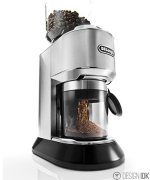
De'Longhi Coffee Grinder Coffee Powder Coffee Powder Coffee Grinding degree 9 Grade fineness
Professional coffee knowledge exchange more coffee bean information Please follow the coffee workshop (Wechat official account cafe_style) Coffee bean grinding fineness how to judge and set the grinding degree of espresso mentioned earlier that DeLonghi launched the new Dedica Style EC 685semi-automatic coffee machine, recently the brand launched another effort, the KG521 coffee grinder. It can help to love
Related
- What is the Philharmonic pressure? How to use Philharmonic pressure to make delicious coffee
- Why does a hand grinder have more fine powder than an electric grinder?
- In addition to the hot mom, what is the difference between the versions of EK43 | ditting and Mahdi ek43?
- What kind of equipment do you need to make coffee by hand? Introduction to novice starter cooking equipment tools
- Espresso needs to be ground how thick and thin scale entry Italian Coffee Machine Bean Grinder investigation and Grinding course
- How much does it cost to open a small private cafe? How much does it cost to learn coffee? How to operate it?
- The difference between the flavor characteristics of hand-brewed coffee and coffee maker is hand-brewed coffee really better than coffee maker? Can I use a coffee machine to make coffee beans by hand?
- The difference between 01 and 02 of hario v60 filter cup what is the difference between 01 and 02 filter cup opening and cooking flavor
- What's the difference between the smart cup and the French kettle? Which is better, the French kettle or the Smart Cup?
- What's the difference between a smart cup and a V60 filter cup? The difference between the taste of smart cup and hand-brewed coffee

